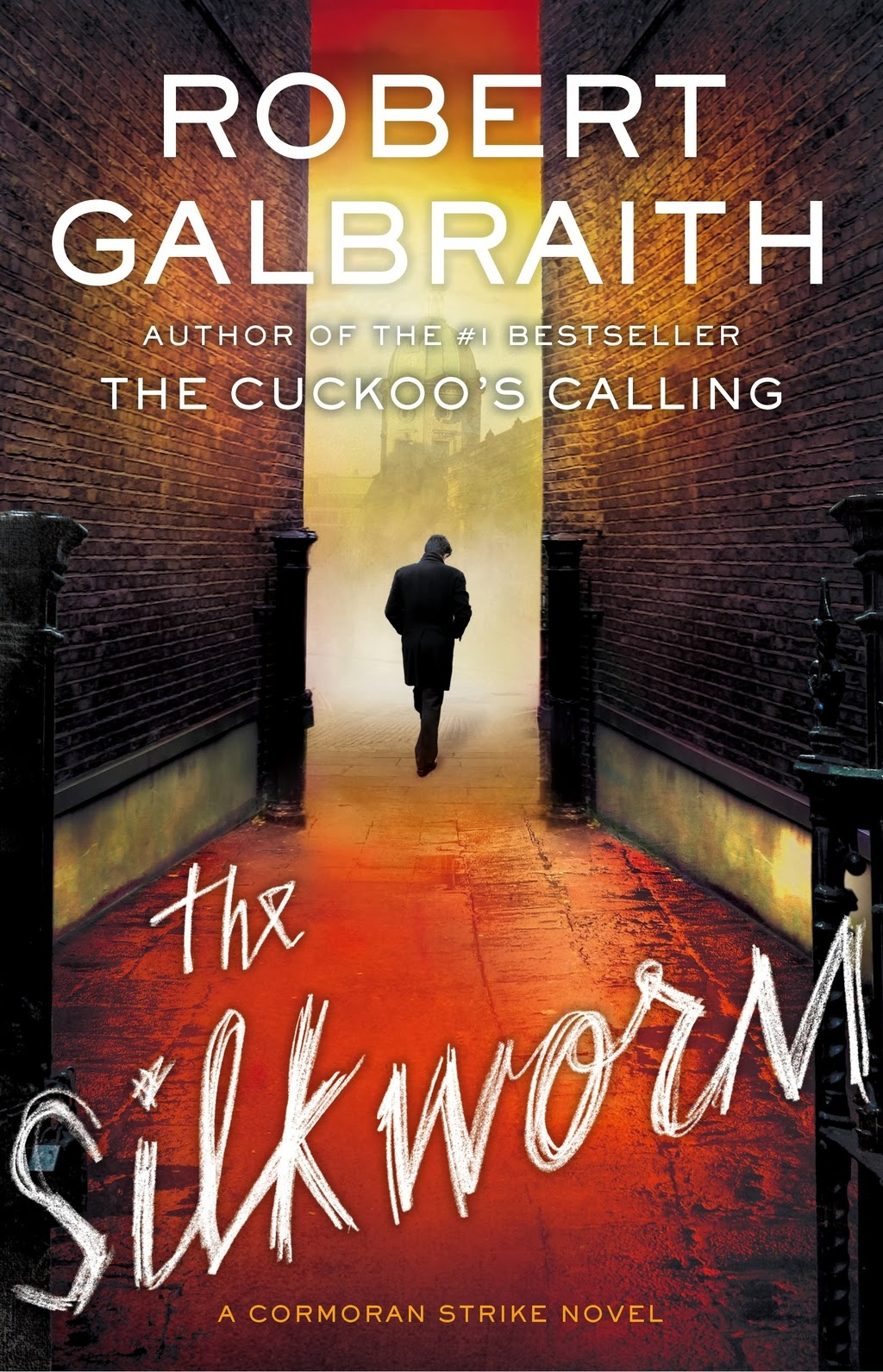
J.K. Rowling has tried several times to break free from total Potterdom as a writer. The first time post-Harry was with The Casual Vacancy, an adult novel about a small-town government election, which she published in 2013. The book was not well received overall (but did earn high marks from TIME’s Lev Grossman), which is perhaps why she made the de-pressurizing decision to publish her next novel, 2013’s crime story The Cuckoo’s Calling, under the pseudonym Robert Galbraith. It dominated bestseller lists once the true author became known. And maybe the Galbraith name is Rowling’s felix felicis; even though we know exactly who she is this time around, she—as Galbraith—has come back with The Silkworm. Rowling, it seems, is a serialist at heart.
Readers flocked to the Potter series not just because of the compelling story lines, but because the adolescent wizards felt like friends. Hell, even the elves felt like friends. And though it’s nearly impossible to recreate the comfort of that series, Rowling delivers a similar sentiment in reuniting readers with detective duo Cormoran Strike and Robin Ellacott.
The first novel followed Strike and his new secretary-cum-sidekick as they solved the mysterious death of model Lula Landry, but The Silkworm delves into territory that is darker and more disturbing than any of Draco Malfoy’s doings. Strike is hired by the wife of author Owen Quine, who went missing after receiving news that his latest manuscript was unpublishable. What follows is a sadistic murder mystery that only Ellacott and Strike, now celebrated for solving the Landry case, could solve.
The story is enthralling, not only for its twists and turns, but for the fun of the teamwork. Rowling lets the reader in on bits of their back stories—Strike’s combat in Afghanistan that cost him a leg, Ellacott’s career goals and difficult relationship with her fiancée. Each chapter draws us further into Cormoran Strike’s psyche, and makes us care more not just about the case getting solved, but about Strike being the one to solve it.
They are likable, and worth getting to know— and Rowling should stick to recurring series with characters worth revisiting. The Casual Vacancy told a wonderful story, but it did little for readers invested in character development, especially those who crave a sort of friendship with the people on the page. In such a sprawling landscape, with an abundance of characters, I would have preferred a series to keep track of, and more investment in the people of Pagford. Though I enjoyed the story, I felt quite disconnected to those involved. And I wasn’t the only one. Confusion amongst readers led The Telegraph to publish a guide to 34 characters for those who wanted a cheat sheet.
The Casual Vacancy is being optioned jointly by HBO and BBC as a three-part series starring Michael Gambon, known well for playing Dumbledore in the last few Potter films. The brilliance of Rowling’s novels is that they’re written so cinematically and leave the reader with a sense of longing, that they’ll miss the place and the people Rowling brought them to. But with hardly a break for the reader to sort through the plot and plethora of people in Vacancy, it felt almost too dense to enjoy.
If I had Hermione’s time turner, I’d urge Rowling to go back and split The Causal Vacancy into two or three books. With The Silkworm, she’s back on track with a cast of characters who you’ll want to meet again and again.
More Must-Reads From TIME
- Dua Lipa Manifested All of This
- Exclusive: Google Workers Revolt Over $1.2 Billion Contract With Israel
- Stop Looking for Your Forever Home
- The Sympathizer Counters 50 Years of Hollywood Vietnam War Narratives
- The Bliss of Seeing the Eclipse From Cleveland
- Hormonal Birth Control Doesn’t Deserve Its Bad Reputation
- The Best TV Shows to Watch on Peacock
- Want Weekly Recs on What to Watch, Read, and More? Sign Up for Worth Your Time
Contact us at letters@time.com